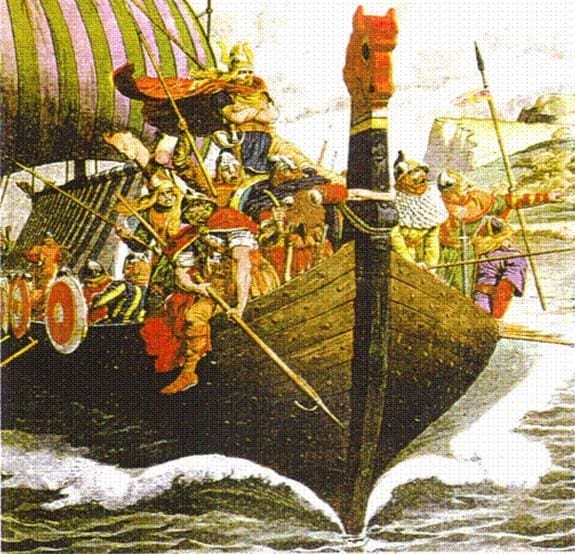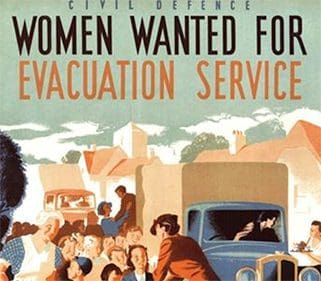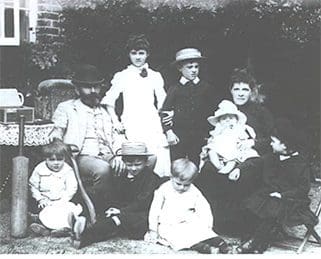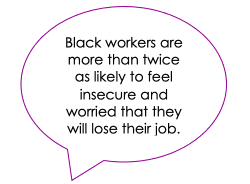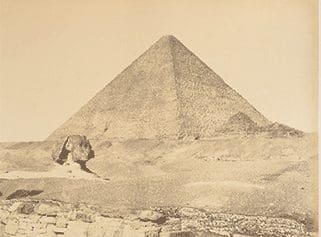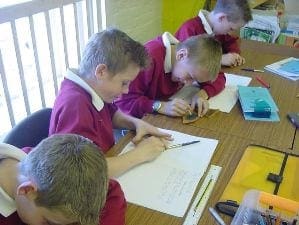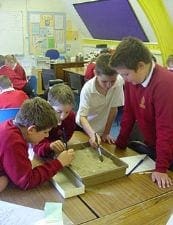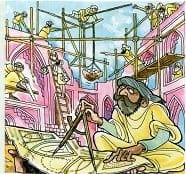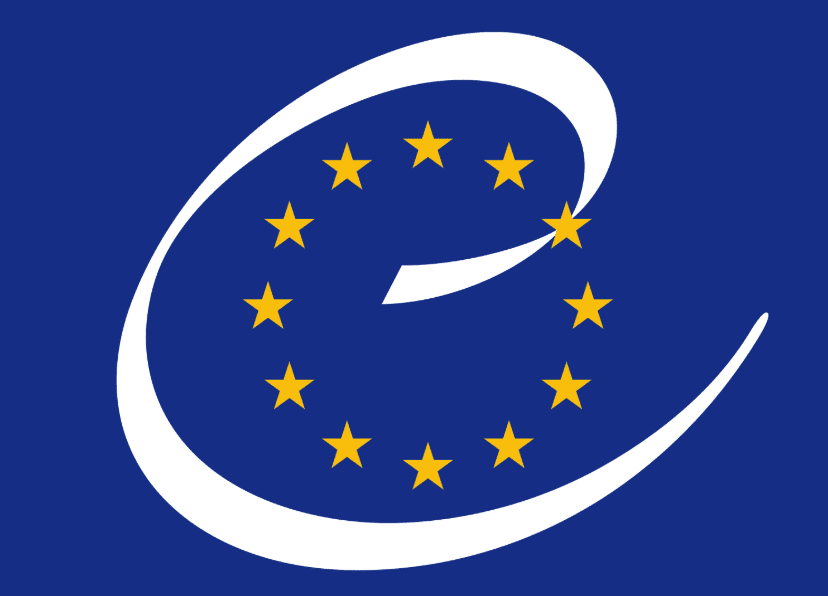
In a recently-published study by the Council of Europe entitled “Quality history in the 21st century” a number of key aspects were covered which have a significant bearing on how we educate pupils for an increasingly uncertain world. At a critically juncture in Europe’s history as the USA has just intervened in the brokering of peace in Ukraine and Gaza, the points the study makes have never been more relevant. Below are some extracts from the document on the theme of ensuring that pupils are equipped with the skills they need to make sense of the world and the welter of misinformation they are being constantly bombarded with.
“While the historical impact of rumours and fabricated content have been well-known to historians for years, we are now witnessing something new: information pollution at a global scale; a complex web of motivations for creating, disseminating and consuming these ‘polluted’ messages; a myriad of content types and techniques for amplifying content; innumerable platforms hosting and reproducing this content; and breakneck speeds of communication.
Visuals can be far more persuasive than other forms of communication, which can make them much more powerful vehicles for mis- and disinformation. There is also a need to educate people on the power of images to manipulate and persuade. The way we understand visuals is fundamentally different to how we think about text.”
The Guidelines
The Council then adds the following guidelines:
1. History develops critical thinking and provides analytical tools for unpacking mechanisms of manipulation.
1.1. For navigating effectively through digital visual and written materials students make use of the historian’s analytical and critical thinking skills to interpret and evaluate sources. Students must find, comprehend, select and use key historical information, to make well informed judgements.
1.2. Being able to assess and judge motive, utility, reliability, trustworthiness is an important step in building resilience and preventing manipulation when accessing historical sources and interpretations.
1.3. The use of diverse and contradictory sources shows that historical interpretations are provisional and liable to reassessment, an essential safeguard against the misuse of history, as it works against too ready an acceptance of accounts seeking to promote intolerant, xenophobic or racist ideas.
1.4. The greater accessibility of visual sources reinforces the need for students to be able to critically read a photograph, a documentary film or a broadcast video and distinguish between the ‘witting’ and the ‘unwitting’ testimony that the source offers – what the image(s) depict, and the message that the author of the image wishes to convey.
You will see numerous examples of how we at Keystage history have been faithful to these principles, whether at KS2 its evaluating a short TV programme about evacuation, critically appraising Tudor propaganda portraits, or comparing contradictory accounts of the Vikings, or at KS1 realising that two videos, texts or images on the same topic can give widely different views.
Throughout the website you will find an unswerving commitment to ensuring that pupils are constantly being asked to find, comprehend, select, evaluate and use key historical information, to make well informed judgements. By exposing pupils to contradictory sources and accounts we are always asking them to assess them for reliability and trustworthiness. By asking open-ended enquiry questions we are taking pupils on an important journey into the world of the historian and all that it entails.

